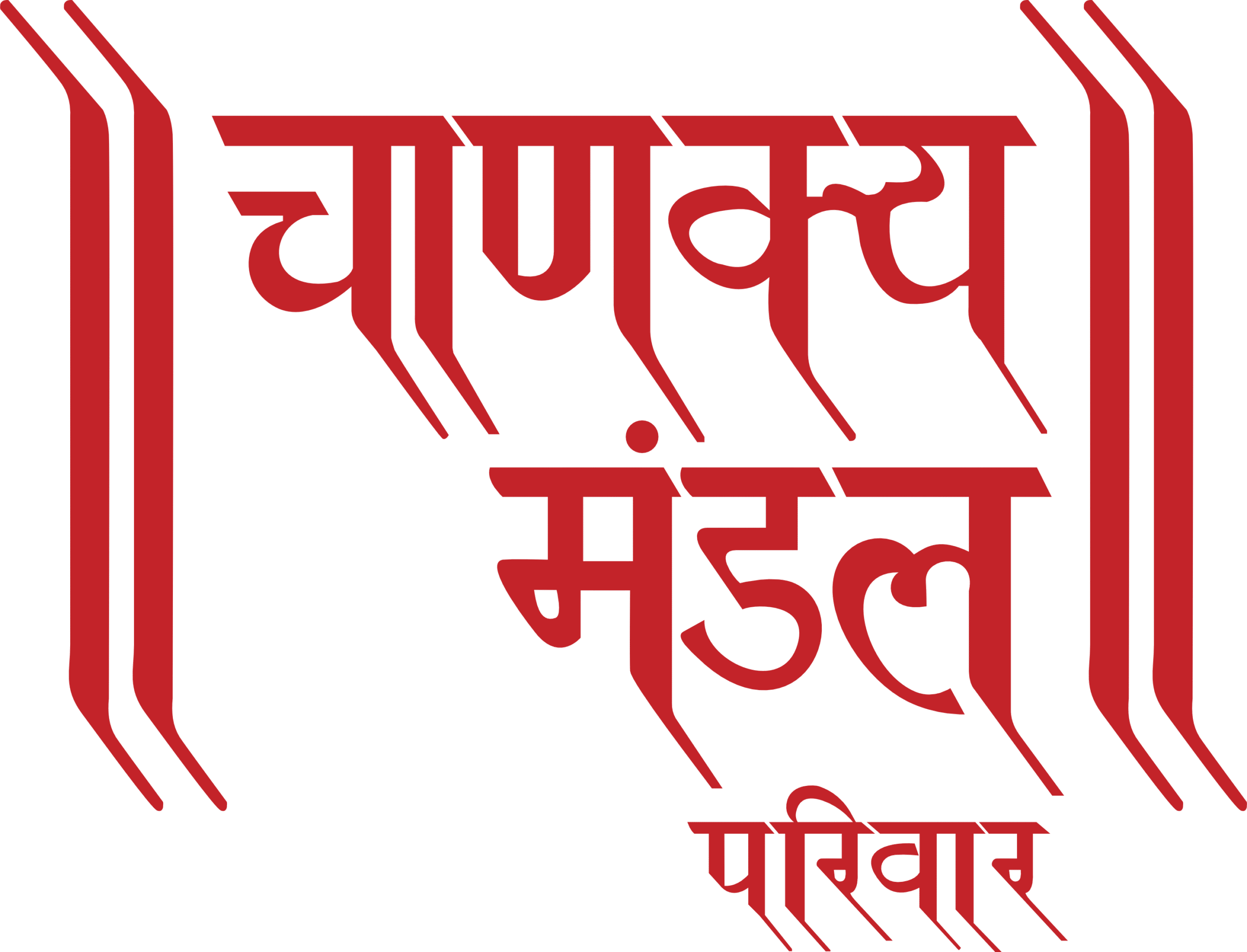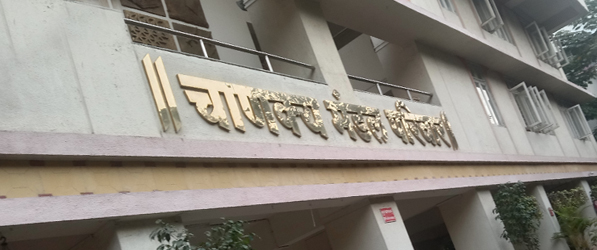Please fill this form. Our team will call you soon
Read Moreराजनीति विज्ञान और अन्तर्राष्ट्रीय सम्बन्ध ( प्रश्न–पत्र -1 )
निर्धारित समय तीन घण्टे
प्रश्न–पत्र सम्बन्धी विशेष अनुदेश
अधिकतम अंक : 250
(कृपया प्रश्नों के उत्तर देने से पूर्व निम्नलिखित प्रत्येक अनुदेश को ध्यानपूर्वक पढ़िए)
इसमें आठ प्रश्न हैं जो दो खण्डों में विभाजित हैं तथा हिन्दी और अंग्रेजी दोनों में छपे हुए हैं।
परीक्षार्थी को कुल पाँच प्रश्नों के उत्तर देने हैं।
प्रश्न संख्या 1 और 5 अनिवार्य हैं तथा बाकी प्रश्नों में से प्रत्येक खण्ड से कम–से–कम एक प्रश्न चुनकर तीन प्रश्नों के उत्तर दीजिए।
प्रत्येक प्रश्न / भाग के लिए नियत अंक उसके सामने दिए गए हैं।
प्रश्नों के उत्तर उसी प्राधिकृत माध्यम में लिखे जाने चाहिए, जिसका उल्लेख आपके प्रवेश पत्र में किया गया है, और इस माध्यम का स्पष्ट उल्लेख प्रश्न– सह उत्तर (क्यू० सी० ए०) पुस्तिका के मुखपृष्ठ पर निर्दिष्ट स्थान पर किया जाना चाहिए। प्राधिकृत माध्यम के अतिरिक्त अन्य किसी माध्यम में लिखे गए उत्तर पर कोई अंक नहीं मिलेंगे।
प्रश्नों में शब्द सीमा, जहाँ विनिर्दिष्ट है, का अनुसरण किया जाना चाहिए।
प्रश्नों के प्रयासों की गणना क्रमानुसार की जाएगी। आंशिक रूप से दिए गए प्रश्नों के उत्तर को भी मान्यता दी जाएगी यदि उसे काटा न गया हो। प्रश्न–सह– उत्तर पुस्तिका में खाली छोड़े गए कोई पृष्ठ अथवा पृष्ठ के भाग को पूर्णतः काट दीजिए।
POLITICAL SCIENCE AND INTERNATIONAL RELATIONS (PAPER-I)
Time Allowed: Three Hours
| Maximum Marks 250
QUESTION PAPER SPECIFIC INSTRUCTIONS
(Please read each of the following instructions carefully before attempting questions)
There are EIGHT questions divided in two Sections and printed both in HINDI and in ENGLISH.
Candidate has to attempt FIVE questions in all. Question Nos. 1 and 5 are compulsory and out of the remaining, THREE are to be attempted choosing at least ONE question from each Section.
The number of marks carried by a question/part is indicated against it.
Answers must be written in the medium authorized in the Admission Certificate which must be stated clearly on the cover of this Question-cum-Answer (QCA) Booklet in the space provided. No marks will be given for answers written in a medium other than the authorized one.
Word limit in questions, wherever specified, should be adhered to.
Attempts of questions shall be counted in sequential order. Unless struck off, attempt of a question shall be counted even if attempted partly. Any page or portion of the page left blank in the Question-cum-Answer Booklet must be clearly struck off.
[12:05, 10/3/2023] omkatole: खण्ड -A / SECTION A
- निम्नलिखित में से प्रत्येक पर लगभग 150 शब्दों में टिप्पणी कीजिए: Comment on the following in about 150 words each:
10×5-50
20
15
15
20
15
15
(a) राजनीति विज्ञान में मानकीय उपागम Normative approach in Political Science
(b) अधिकारों का बहुसांस्कृतिक परिप्रेक्ष्य Multicultural perspective on rights
(c) प्राकृतिक अवस्था, युद्ध की अवस्था के रूप में (हॉब्स) State of Nature as State of War (Hobbes)
(d) फूको की शक्ति की अवधारणा Foucault’s concept of power
(e) राजनीतिक सिद्धान्त का पतन Decline of political theory
- (a) समकालीन लोकतंत्र की सफलता, राज्य द्वारा अपनी शक्ति को सीमित करने में निहित है। स्पष्ट कीजिए। Success of contemporary democracies lies in the State limiting its own power. Explain.
(b) रॉल्स के ‘उदार स्व‘ का विचार बहुत अधिक व्यक्तिवादी है। इस सन्दर्भ में रॉल्स के न्याय सिद्धान्त की समुदायवादी आलोचना को स्पष्ट कीजिए। Rawls’ idea of the ‘liberal self is too individualistic. Explain, in this context, the communitarian critique of Rawls’ theory of justice.
(c) उत्तर–व्यवहारवाद में ‘प्रासंगिकता के नियम‘ क्रिया विज्ञान की महत्ता का समर्थन करते हैं। विश्लेषण कीजिए। ‘Credo of Relevance’ in post-behaviouralism advocates the importance of action science. Analyze.
- (a) फासीवाद संसदीय लोकतंत्र के प्रति एक द्विधापूर्ण रुख प्रदर्शित करता है। समझाइए।
Fascism displays an ambivalent stance towards parliamentary democracy. Explain.
(b) सकारात्मक कार्रवाई नीतियों का जितना दृढ़ समर्थन किया जाता है, उतनी ही कठोर आलोचना भी की जाती है। इस कथन का समानता के सन्दर्भ में विश्लेषण कीजिए। Affirmative Action Policies draw as much strong criticism as strong support.
Analyze this statement in the context of equality.
(c) यूरोकेन्द्रवाद, उत्तर उपनिवेशवादी राजनीतिक सिद्धान्त का लक्ष्य एवं प्रेरक शक्ति दोनों है विवेचन कीजिए। Eurocentrism is both the target and the motive force of the post-colonial political theory. Discuss.
[12:06, 10/3/2023] omkatole: (a) धम्म पर बुद्ध के विचार राजनीतिक कार्रवाई को मुक्त करने में सहायता प्रदान करते हैं स्पष्ट कीजिए। Buddhist thought on Dhamma facilitates the emancipation of political action. Explain.
(b) “एक लिंग की दूसरे लिंग पर विधिक अधीनस्थता अपने आप में गलत है, और वर्तमान में मानव विकास के समक्ष एक मुख्य बाधा है।” (जे० एस० मिल) टिप्पणी कीजिए।
“The legal subordination of one sex to another is wrong in itself, and now one of the chief hindrances to human development.” (J. S. Mill). Comment.
(c) भारतीय सामाजिक, राजनीतिक और सांस्कृतिक इतिहास पर श्री अरविन्द के स्वराज–सम्बन्धी विचार का गहन
महत्त्व है। विश्लेषण कीजिए।
Sri Aurobindo’s idea of Swaraj has deep significance in the Indian social, political and cultural history. Analyze.
खण्ड – B / SECTION-B
- निम्नलिखित में से प्रत्येक पर लगभग 150 शब्दों में टिप्पणी कीजिए: Comment on the following in about 150 words each :
10×5= 50
- (a) 74वें संविधान संशोधन अधिनियम के प्रमुख प्रावधानों का विवेचन कीजिए। क्या आपके विचार में यह अधिनियम
एक ‘अधूरा स्वप्न‘ है? अपने तर्क दीजिए।
Discuss the major provisions of the 74th Constitutional Amendment Act. Do
you think that the Act remains an ‘unfulfilled dream”? Argue your case. 20
[12:06, 10/3/2023] omkatole: (b) नीति आयोग एक ‘साझा दृष्टिकोण के साथ पॉलिसी थिंक टैंक‘ के रूप में भारत में योजना के पुनर्गठन की कल्पना
कैसे करता है? अपने उत्तर की पुष्टि कीजिए।
How does NITI Aayog as a ‘policy think tank with shared vision’ visualize the reorganization of planning in India? Justify your answer.
(c) भारत का संविधान ‘किसी राष्ट्र की आधारशिला‘ है (ग्रेनविल ऑस्टिन) विश्लेषण कीजिए। The Constitution of India is the ‘cornerstone of a nation’ (Granville Austin). Analyze.
- (a) क्या भारतीय संघवाद की वास्तविक कार्यप्रणाली भारतीय राज व्यवस्था में केन्द्रीकरण की प्रवृत्ति के अनुरूप है? अपने उत्तर के पक्ष में तर्क दीजिए।
Does the actual working of Indian federalism conform to the centralizing tendencies in Indian polity? Give reasons for your answer.
(b) भारतीय संविधान में मूल कर्तव्यों का मुख्य लक्ष्य नागरिकों में नागरिक उत्तरदायित्व उत्पन्न करना है। स्पष्ट कीजिए। The main goal of the Fundamental Duties in the Indian Constitution is to generate civic responsibility among the citizens. Explain.
(c) डॉ० अंबेडकर का स्पष्ट आह्वान, “शिक्षित हो, आन्दोलन करो और संगठित हो“, नागरिक स्वतन्त्रता प्राप्त करने
15
की दिशा में दलित आन्दोलन की रणनीति बनाता है। विवेचन कीजिए। Dr. Ambedkar’s clarion call, “Educate, Agitate and Organize”, strategizes the
Dalit movement towards achieving civil liberty. Discuss.
15
20
- (a) जातिगत राजनीति के उदय का श्रेय क्षेत्रीय आकांक्षाओं और चुनावी अभिव्यक्तियों दोनों को दिया जा सकता है। टिप्पणी कीजिए।
The rise of caste politics is to be attributed to both regional aspirations and electoral manifestations. Comment.
(b) 1989-1999 के दशक ने राष्ट्रीय स्तर पर भारतीय दलीय प्रणाली में युगान्तरकारी परिवर्तन किए हैं। इस दौर की दलीय प्रणाली में निहित मुख्य राष्ट्रीय प्रवृत्तियों को चिह्नित कीजिए।
The decade 1989-1999 has created an epochal shift in the Indian party system at the national level. Identify the major national trends in the party system during this era.
15
15
SKYC-U-POLI/16
SB24-3084
(c) क्या आप इस मत से सहमत हैं कि विगत कुछ वर्षों में सर्वोच्च न्यायालय एक नीति विकास मंच के रूप में निर्मित हुआ है? अपने उत्तर का औचित्य सिद्ध कीजिए।
Do you agree that over the years the Supreme Court has become a forum for policy evolution? Justify your answer.
 CTS
CTS  Donate
Donate 
